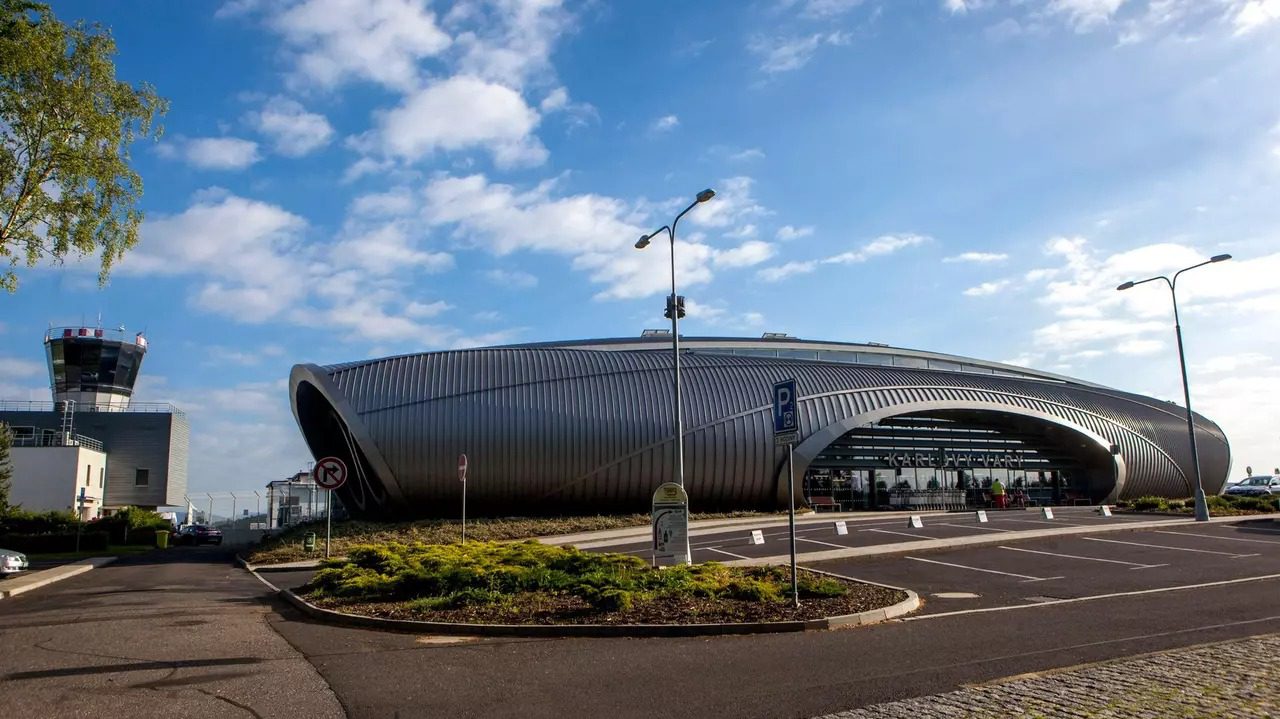The Karlovy Vary region in the Czech Republic is taking steps to improve air ambulance services. The area has been pushing for better coverage in the face of rugged terrain, and air ambulance services do not cover two-thirds of the region out of Plzeň within the 20-minute legal limit.
To address this, the Karlovy Vary region plans to introduce a new air ambulance service, with a trial run set to begin next year. The army will run the trial run and is expected to operate during daytime hours only. The region is also looking for a contractor to conduct a feasibility study an architectural study, and prepare the necessary documentation for a territorial decision to establish a stable air ambulance service at the Karlovy Vary airport.
Hejtman Petr Kulhánek of the Karlovy Vary region has emphasized that the new service is not intended to parasitize the air ambulance service in Plzeň but to improve coverage. He noted that the two areas have discussed the issue and that the new service in Karlovy Vary will not impact the service in Plzeň.
The region is also addressing issues related to personnel. Kulhánek stated that the Karlovy Vary regional rescue service is preparing to address the personnel-related problems, including training and qualification.
The move to improve air ambulance services comes as part of a broader effort to promote regional research and development. The Karlovy Vary region seeks to attract investment, with a possible gigafactory development project on the horizon. However, the area is keen to emphasize that its efforts to improve air ambulance services are distinct from this broader economic development strategy.
The Karlovy Vary region has been working to develop the new air ambulance service in consultation with officials in Plzeň and the Czech Ministry of Health. The Ministry has announced plans to build a new concept for air ambulance services in the country from 2028, with the Karlovy Vary region already set to be included in these plans.
As the region moves forward with its plans to expand air ambulance services, it is hoped that improved coverage will help provide critical medical services to those in need, particularly in the region’s more remote areas.






